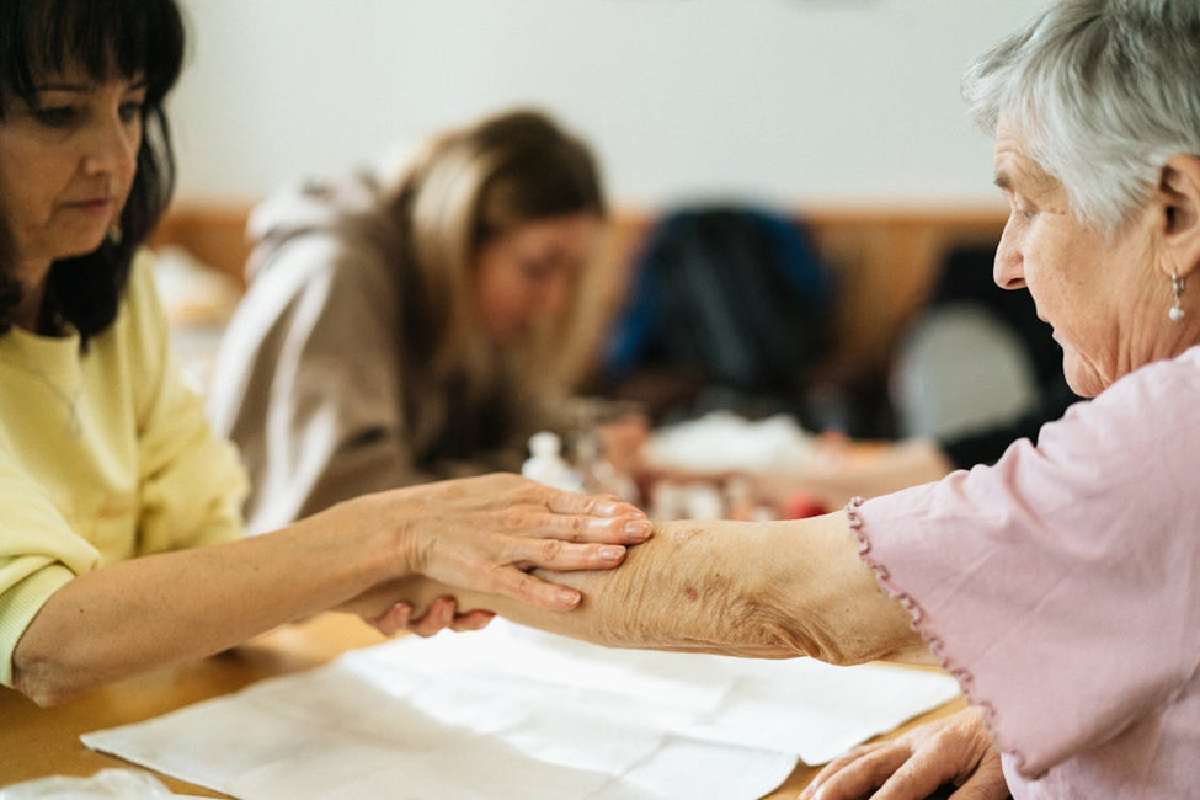Health within a community is built through cooperation. Families, schools, healthcare providers, and local organizations all contribute to an environment where people can live well. Collective responsibility creates a structure where residents benefit from access, information, and support that go beyond what traditional healthcare settings provide.
When neighborhoods adopt shared responsibility for health, resources become more visible and easier to use. Screenings in local centers, educational workshops in schools, and wellness programs supported by businesses all bring health into everyday spaces. Collective efforts give people more opportunities to engage with their well-being in practical ways.
Let’s discuss this further below:
Outreach Programs
Outreach expands healthcare into communities that may not regularly seek medical services. Mobile clinics, neighborhood events, and educational visits bring care into familiar spaces, helping people connect with resources before conditions worsen. This proactive extension of care helps reach groups who often face barriers related to location, income, or awareness.
The presence of nurses is central to outreach efforts. Their work is evolving beyond bedside care into leadership, education, and program development. Nurses are increasingly expected to contribute to broader health goals, which has pushed their roles into new areas. Apart from planning community programs, they’re also seen mentoring future professionals and shaping policies that influence how care is delivered. Given this, upskilling has become crucial for thriving in the healthcare sector. An advanced nursing degree plays a crucial role in preparing them for such responsibilities, giving them the skills to organize services, guide health education, and connect residents with long-term resources.
As roles expand, many professionals earn degrees like an MSN to build leadership capacity. Nurses with this preparation are able to design programs that reflect community needs, lead health campaigns, and coordinate with other organizations. Pursuing MSN career paths, with this advanced degree, enables them to leave a lasting impact on community well-being.
Preventive Services
Preventive care lowers health risks and creates long-term benefits for communities. Screenings for blood pressure, cholesterol, or diabetes highlight risks early, while counseling and workshops promote healthier routines. Preventive initiatives also focus on building awareness about nutrition and physical activity, guiding residents toward habits that reduce the chances of chronic illness.
Local access is a major factor in participation. When schools, workplaces, and community centers host screenings or educational sessions, people are more likely to take part.
Vaccination Engagement
Vaccination programs work best when residents feel informed and supported. Clear, accessible information shared by trusted local voices builds confidence and encourages participation. Health fairs, educational meetings, and campaigns run in familiar environments create stronger connections with residents and improve outcomes.
Convenience makes an important difference in participation rates. Hosting drives in schools, town halls, and places of worship allows families to access vaccines without difficulty.
Peer Support Networks
Walking clubs, neighborhood fitness groups, and wellness circles help people stay consistent with their health goals. Having a group to share progress with can make efforts feel more sustainable.
Knowledge sharing adds another benefit. Participants learn from each other’s experiences, discover practical strategies, and feel supported in managing their health. Peer networks bring both social connection and accountability, strengthening individual commitment while improving overall community health.
Local Business Involvement
Businesses influence the health of their communities in direct and indirect ways. Sponsoring wellness programs, supporting local fitness activities, or offering healthy options in workplace cafeterias are examples of how companies can play a role.
Partnerships between businesses and community organizations can expand resources available to residents. Employers who promote preventive screenings or sponsor local health fairs contribute to stronger participation rates. Local business support builds a network where community health initiatives have more visibility and impact.
Information Platforms
Access to reliable health information allows residents to make informed decisions. Community websites, newsletters, and digital apps provide channels for sharing updates on services, events, and health guidelines.
Technology expands this reach further. Virtual portals and mobile applications give residents the ability to track appointments, connect with providers, and receive reminders. Information platforms remove barriers created by distance or lack of awareness, making community health resources easier to use.
Emergency Readiness
Preparedness reduces the impact of health crises on communities. Emergency response systems that include training sessions, supply planning, and communication networks create stronger resilience when unexpected events occur. Local drills and public awareness campaigns help residents understand what to do during emergencies.
Coordination between community leaders, healthcare providers, and emergency services strengthens readiness. When plans are clear and roles are defined, communities are better positioned to protect vulnerable populations during crises.
Health Screenings
Routine screenings identify risks before they grow into serious problems. Blood pressure checks, cancer screenings, and dental exams offered in community settings provide early insights into health conditions.
Community-hosted events make screenings accessible and convenient. Schools, recreation centers, and local fairs are suitable spaces where residents can participate without major disruptions to daily routines. Bringing screenings into public spaces increases participation and improves overall health outcomes.
Food Security
Access to healthy food has a direct influence on community health. Programs that supply affordable produce, support food banks, and provide nutrition education strengthen long-term wellness. Food security initiatives build stability by reducing risks linked to poor diets and malnutrition.
Community gardens and partnerships with local farmers also expand access to fresh, nutritious meals. Residents benefit from lower costs and a closer connection to food sources.
Chronic Illness Resources
Living with chronic illness requires consistent support. Community-based resources such as education groups, counseling services, and shared activity programs help residents manage conditions with confidence.
Healthcare professionals working alongside community organizations make chronic illness management more effective. Regular workshops and group sessions create environments where residents receive practical guidance while also building peer connections. A coordinated approach helps individuals maintain stability in their daily routines.
Clean Environments
Public spaces play a significant role in overall health. Clean air, safe water, and proper waste management reduce the risk of preventable diseases. Communities that invest in maintaining clean environments create conditions where residents are less exposed to harmful factors.
Education and local engagement also contribute to cleaner environments. Programs that promote recycling, sanitation, and pollution control strengthen both awareness and participation.
Health thrives when communities share responsibility. Outreach, preventive care, vaccination, and peer networks show that progress is possible when efforts come from multiple directions. Businesses, local organizations, and individuals all hold pieces of the solution. When resources are visible, information is reliable, and environments are supportive, residents have more opportunities to live well.



